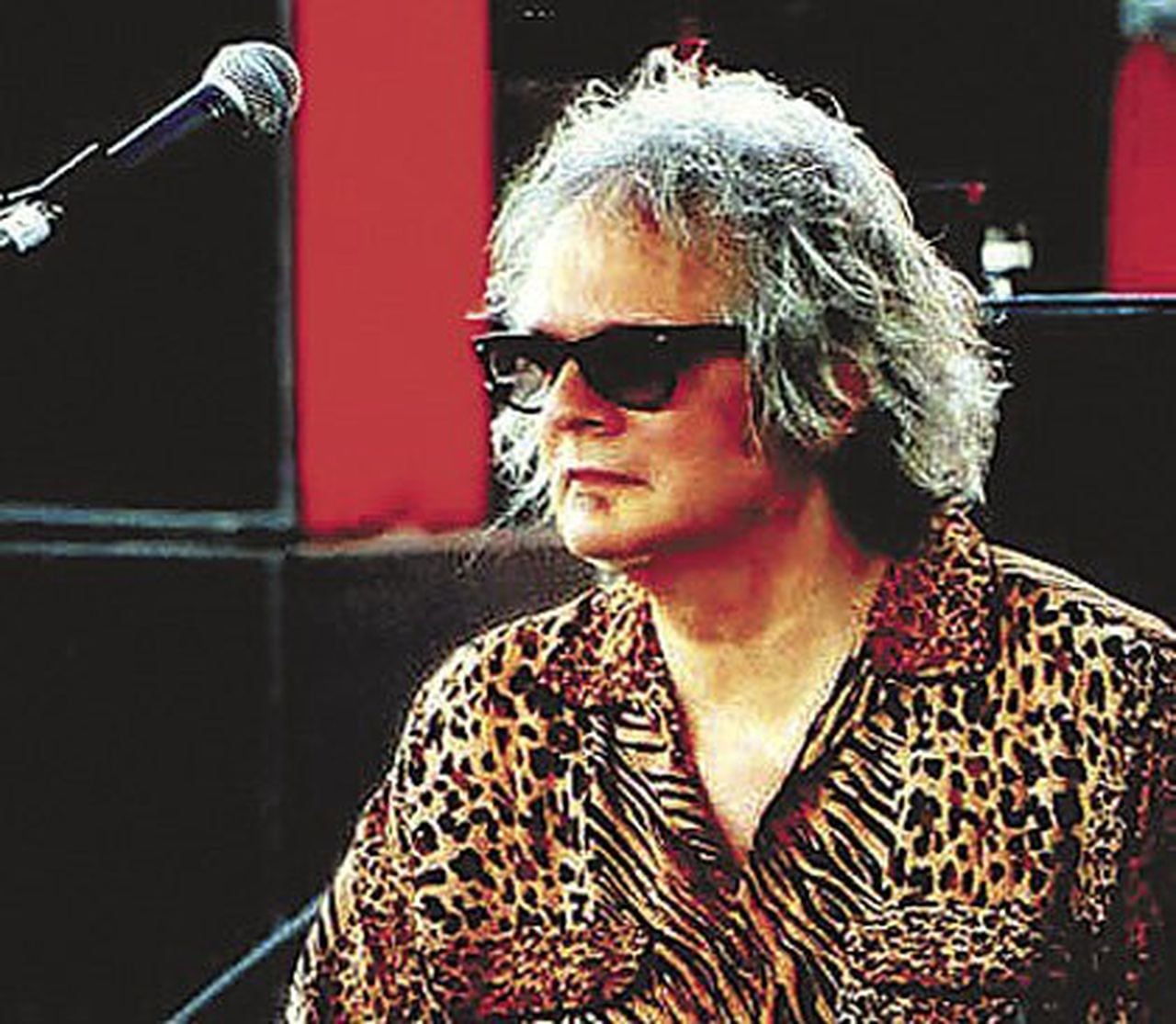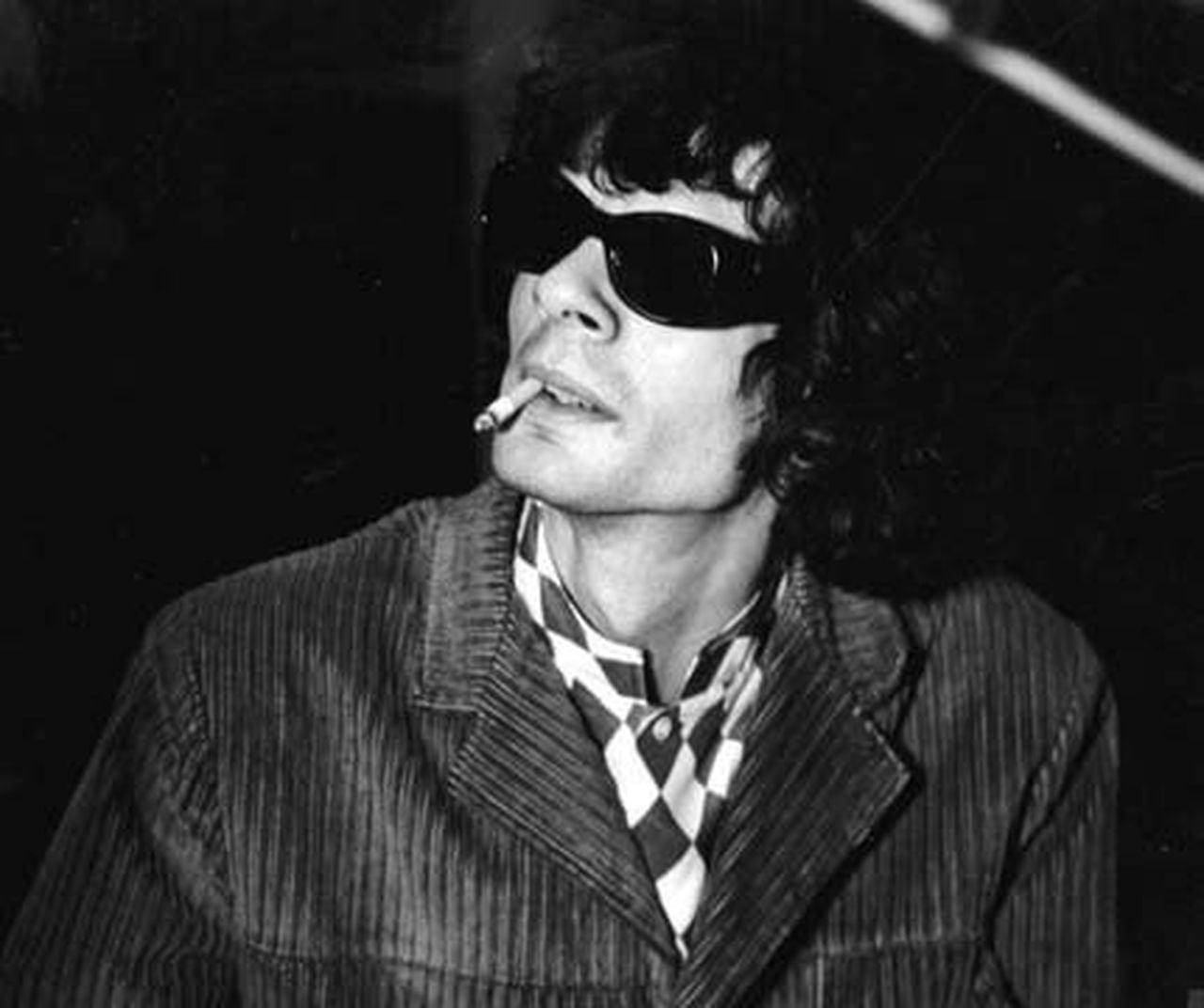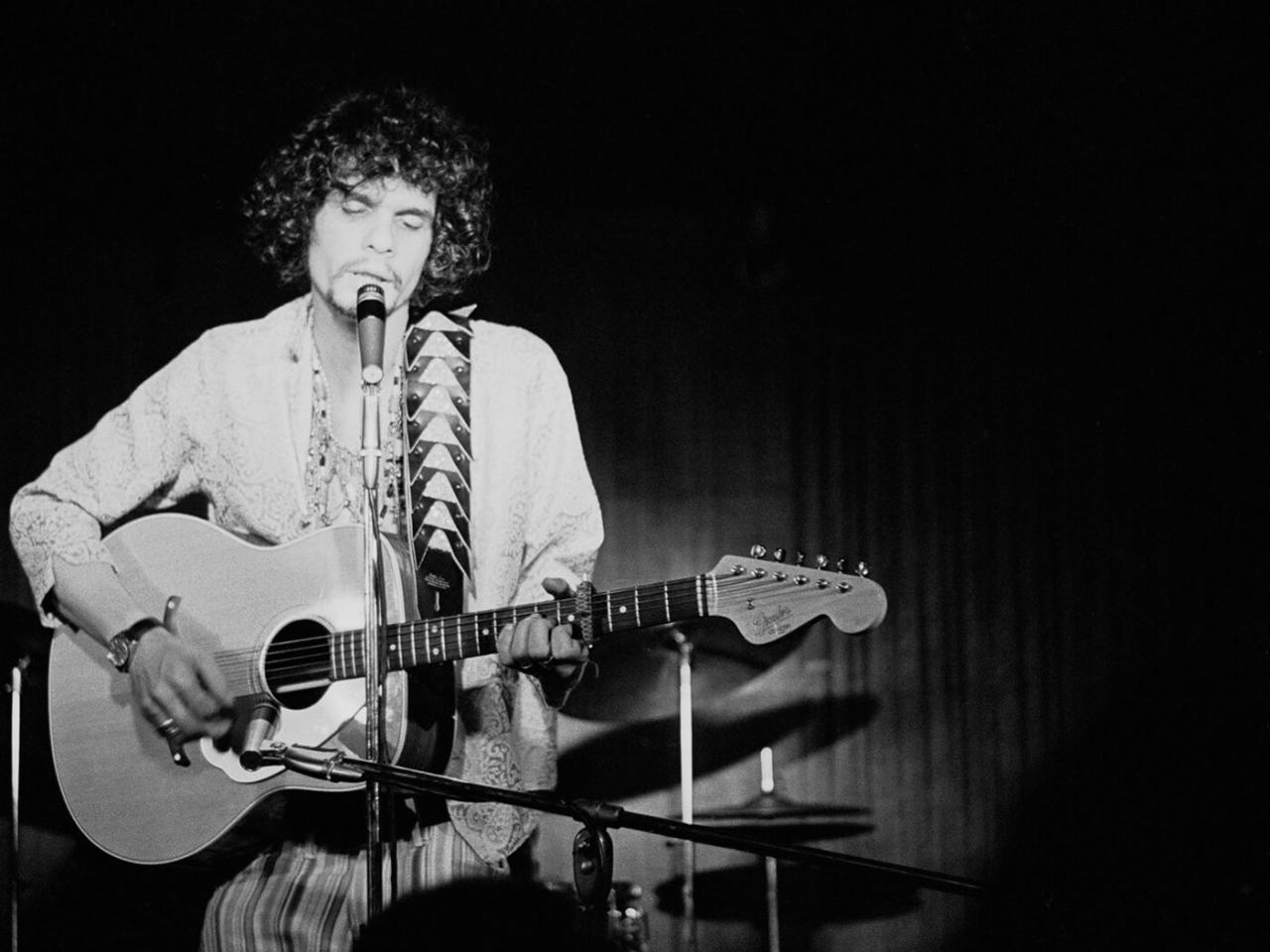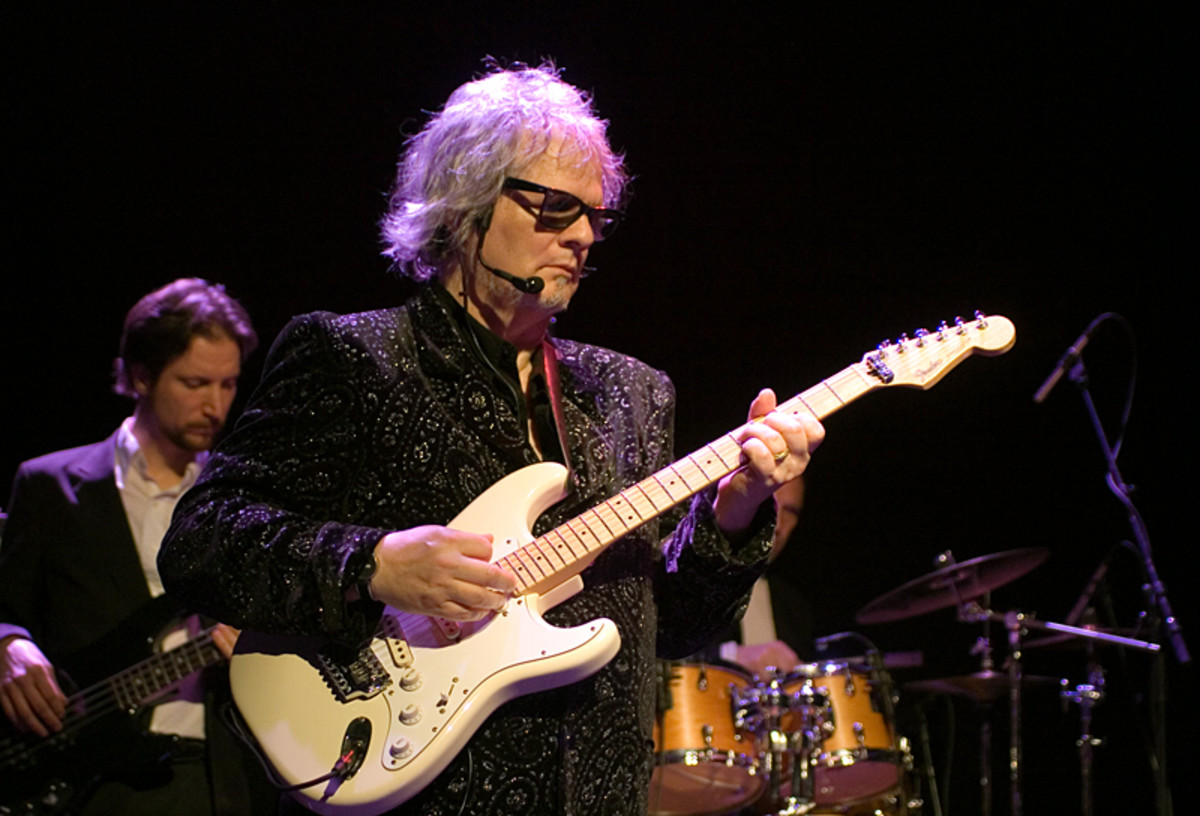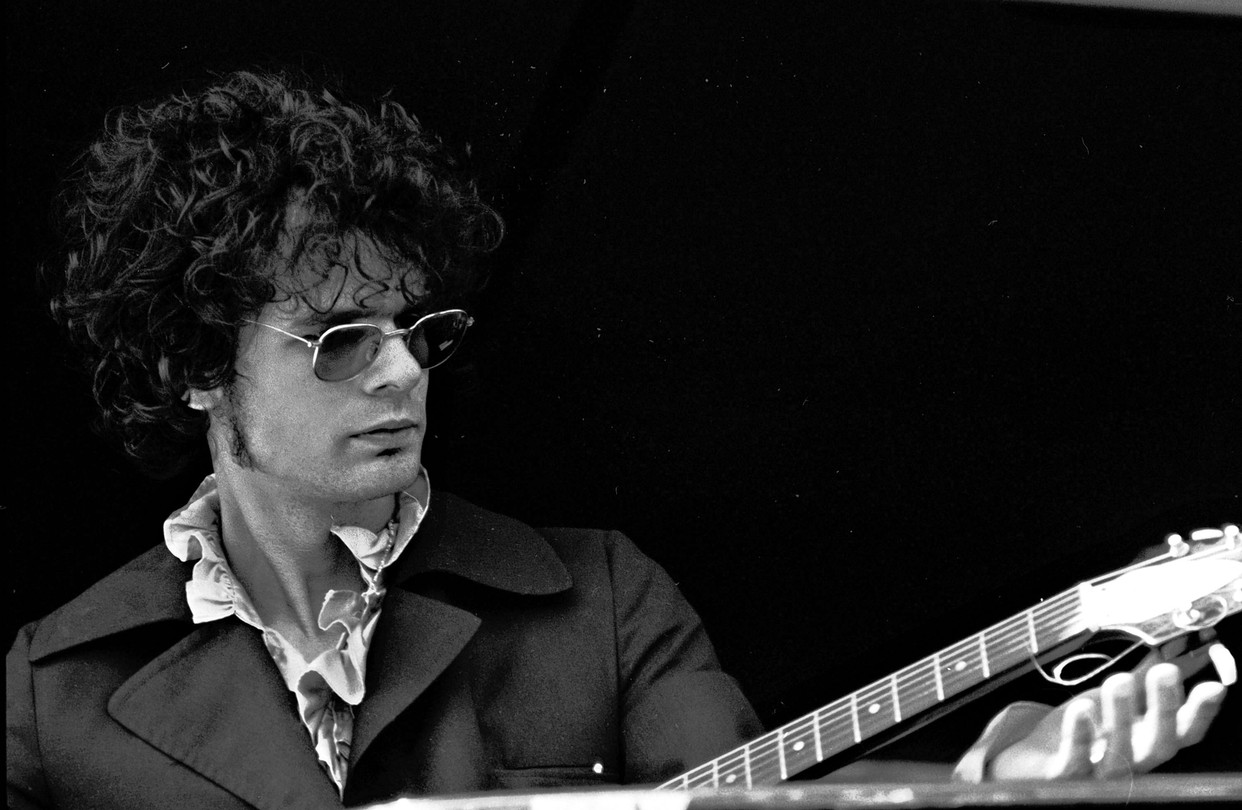Al Kooper’s remarkable journey through the music industry has left an enduring legacy, shaping the sound of popular music and inspiring generations of musicians.
From his early days with The Royal Teens and The Blues Project to his groundbreaking solo career and collaborations with icons like Bob Dylan, Kooper’s musical prowess and versatility have earned him a place among the greats.
Al Kooper’s Early Life and Influences
Al Kooper was born in Brooklyn, New York, in 1944. He began playing the piano at an early age and was influenced by a wide range of musical genres, including jazz, blues, and rock and roll. Kooper’s early musical influences included Ray Charles, James Brown, and The Beatles.
In 1959, Kooper joined the band The Royal Teens, who had a hit single with the song “Short Shorts”. In 1965, he left The Royal Teens and joined The Blues Project, a blues-rock band that also featured guitarist Danny Kalb and singer-harmonica player John Hammond Jr.
The Blues Project
The Blues Project was one of the most popular blues-rock bands of the 1960s. The band released three albums, including the self-titled debut album in 1966 and Projectionsin 1967. Kooper left The Blues Project in 1968 to pursue a solo career.
Kooper’s Solo Career and Collaborations
Al Kooper’s solo career took off in the late 1960s, following his departure from Blood, Sweat & Tears. His debut solo album, “I Stand Alone,” was released in 1969 and featured a mix of rock, blues, and soul influences. The album was a critical and commercial success, reaching the top 20 on the Billboard 200 chart.
Kooper continued to release a steady stream of solo albums throughout the 1970s and 1980s, including “Kooper Session” (1970), “New York City (You’re a Woman)” (1971), and “Act Like Nothing’s Wrong” (1976). He also collaborated with a wide range of artists during this period, including Bob Dylan, Mike Bloomfield, and Stephen Stills.
Collaborations
One of Kooper’s most notable collaborations was with Bob Dylan on the album “Highway 61 Revisited” (1965). Kooper played organ on the album’s title track, as well as on several other songs. He also collaborated with Dylan on the albums “Blonde on Blonde” (1966) and “John Wesley Harding” (1967).
In addition to his work with Dylan, Kooper also collaborated with Mike Bloomfield on the album “Super Session” (1968). The album was a critical and commercial success, and it helped to establish Kooper as one of the leading organists of his generation.
Kooper’s Contributions to the Music Industry
Al Kooper extended his influence beyond his own performances, making significant contributions to the music industry as a producer, session musician, and co-founder of the iconic band Blood, Sweat & Tears.
Role as Producer
Kooper’s exceptional production skills were showcased on several notable albums, including Bob Dylan’s Highway 61 Revisitedand Blonde on Blonde, where he played a pivotal role in shaping the sound of these classic recordings.
Session Musician
As a session musician, Kooper’s versatility and technical proficiency graced countless recordings by artists such as Jimi Hendrix, The Rolling Stones, and The Byrds. His distinctive organ playing and inventive arrangements left an indelible mark on the music of the 1960s and 1970s.
Formation of Blood, Sweat & Tears
Kooper’s most notable contribution was co-founding the supergroup Blood, Sweat & Tears in 1967. The band’s unique blend of rock, jazz, and R&B captivated audiences, and their debut album, Child Is Father to the Man, won the Grammy Award for Album of the Year in 1969.
Kooper’s Musical Style and Legacy
Al Kooper’s musical style was a unique blend of blues, rock, and jazz. He was a skilled guitarist, keyboardist, and vocalist, and his music was often characterized by its soulful melodies and funky rhythms. Kooper was also a pioneer in the use of the Hammond B-3 organ in rock music.
Influence on Other Musicians and the Development of Popular Music
Kooper’s music had a significant influence on other musicians and the development of popular music. He was a member of the seminal blues-rock band Blood, Sweat & Tears, and he also played with Bob Dylan, Jimi Hendrix, and the Rolling Stones.
Kooper’s music helped to popularize the Hammond B-3 organ and the use of funky rhythms in rock music.
Iconic Songs and Performances
Some of Kooper’s most iconic songs include “Super Session” with Mike Bloomfield, “This Diamond Ring” with Gary Brooker, and “I Can’t Keep From Crying” with Jimi Hendrix. He also gave memorable performances at the Woodstock Festival and the Isle of Wight Festival.
Kooper’s Impact on Popular Culture
Al Kooper’s impact on popular culture is undeniable. His contributions to music, film, and television have left an enduring mark on the entertainment industry.
Kooper’s work as a musician, producer, and songwriter has influenced generations of artists. His songs have been covered by countless musicians, and his production work has helped shape the sound of popular music for decades.
Kooper’s Role in the Woodstock Festival, Al kooper
Kooper’s role in the Woodstock festival was particularly significant. He was one of the organizers of the event, and he played a key role in booking the lineup. The festival was a watershed moment in music history, and Kooper’s involvement helped to make it a success.
Kooper’s legacy continues to inspire and influence artists today. His music, his production work, and his contributions to the Woodstock festival have all helped to shape the cultural landscape of our time.
Final Wrap-Up
Al Kooper’s influence extends far beyond his own performances, as his contributions as a producer and session musician have shaped some of the most iconic albums in history. His legacy as a musical innovator and cultural icon continues to resonate, inspiring and captivating audiences worldwide.
Detailed FAQs: Al Kooper
When was Al Kooper born?
February 5, 1944
What was Al Kooper’s first band?
The Royal Teens
What was Al Kooper’s most famous collaboration?
Blood, Sweat & Tears
What was Al Kooper’s biggest hit song?
“Superstar”
What year did Al Kooper die?
Still alive
